Learn how TOF Laser Range Sensors use Time-of-Flight technology to achieve high-precision, long-range, and stable distance measurement performance.
1. Understanding the Principle of ToF Measurement
A Time-of-Flight (ToF) laser range sensor determines distance by measuring how long it takes for a laser pulse to travel to a target and return. Since light speed is constant, the round-trip time directly corresponds to the distance. Distance=c×Δt2\text{Distance} = \frac{c \times \Delta t}{2}Distance=2c×Δt
where
- c = speed of light (≈ 3×10⁸ m/s)
- Δt = time delay between emission and reflection
This principle allows ToF sensors to perform non-contact distance measurements with millimeter-level precision, even over long ranges.
Compared with traditional ultrasonic or infrared sensors, ToF laser sensors provide:
- Faster response time
- Higher accuracy
- Better performance under variable lighting and surface conditions
2. ToF vs. Triangulation and Phase-Shift Methods
When selecting a laser distance measurement technology, it’s important to understand how ToF compares to other methods:
| Method | Working Principle | Best For | Limitations |
|---|
| Triangulation | Calculates distance by analyzing the angle of reflected light on an image sensor | Short-range (0.1–5 m), compact sensors | Accuracy decreases with distance |
| Phase-Shift | Measures the phase difference between emitted and reflected laser waves | Medium range (up to 200 m) | Sensitive to ambient light |
| Time-of-Flight (ToF) | Measures the travel time of laser pulses | Long range (up to 1000 m+), fast response | Requires precise timing electronics |
ToF laser range sensors stand out for long-distance, high-speed, and robust measurements, making them the preferred choice for industrial automation and intelligent systems.
3. Key Application Areas
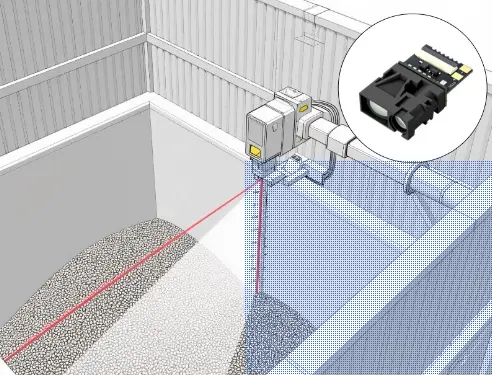

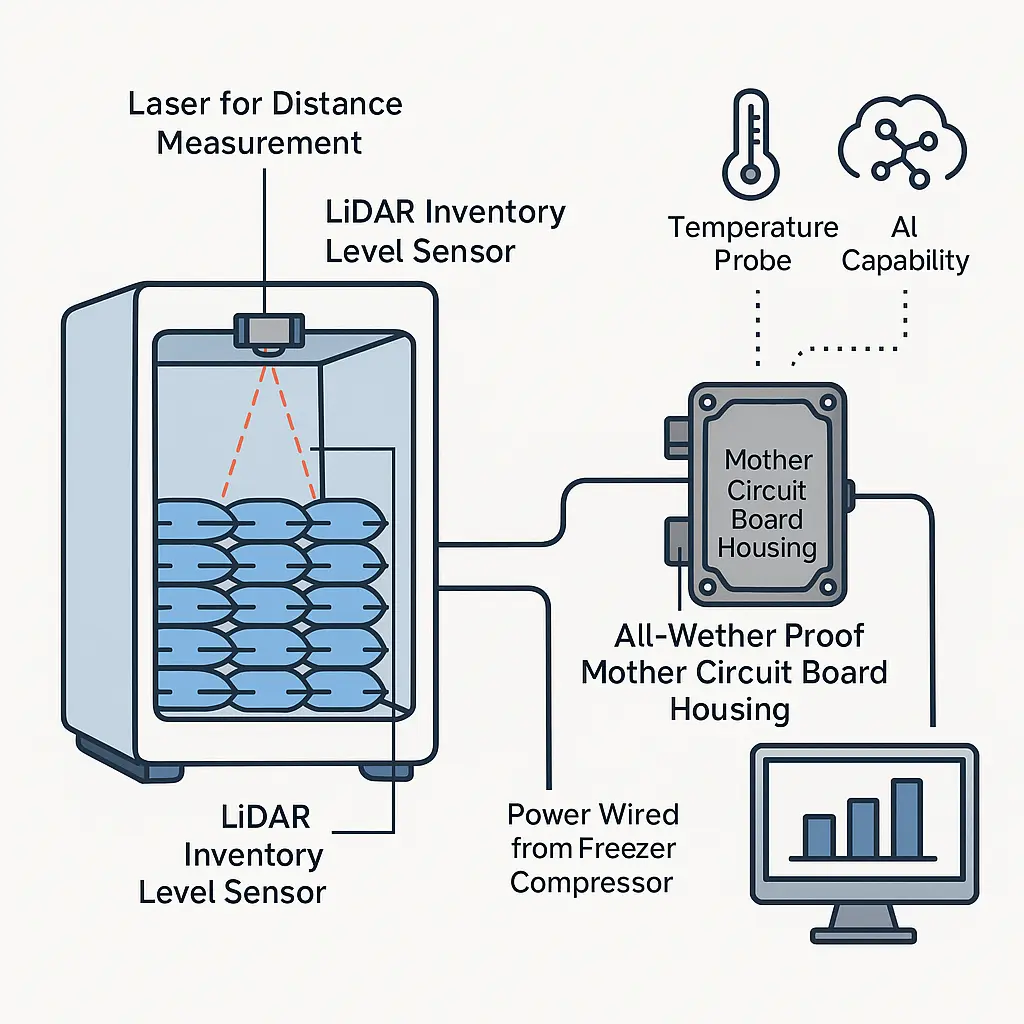
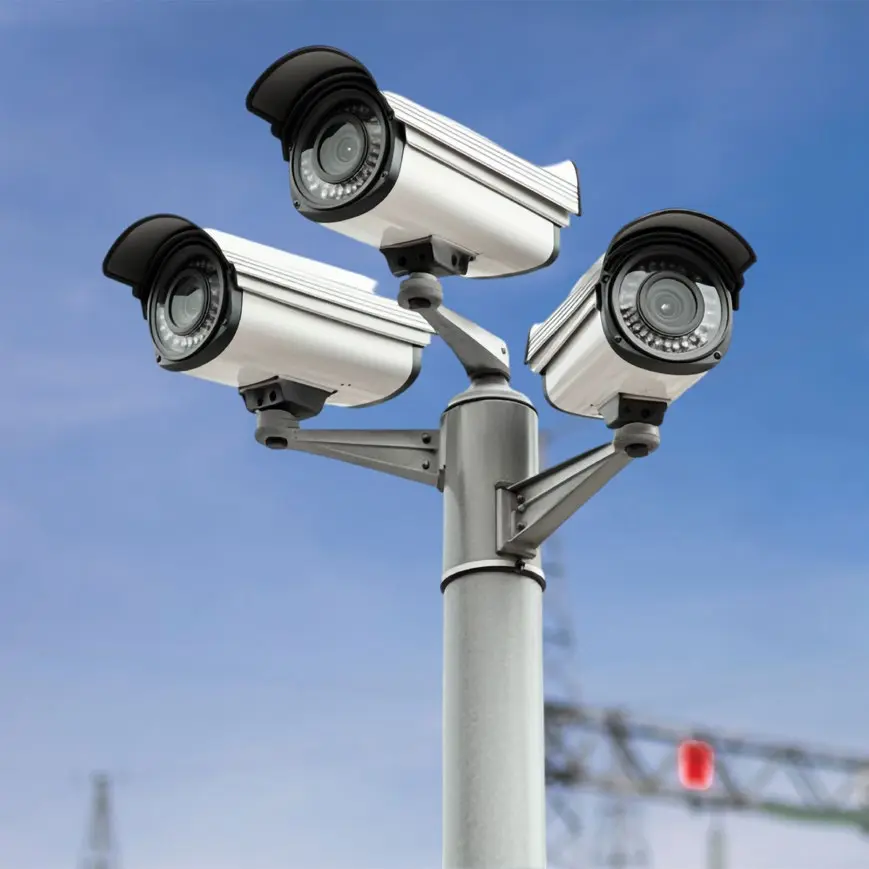
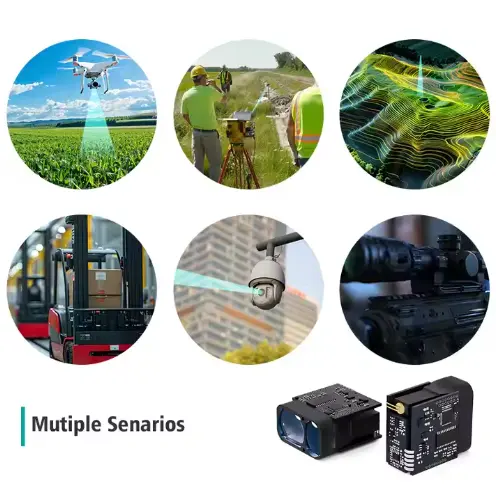
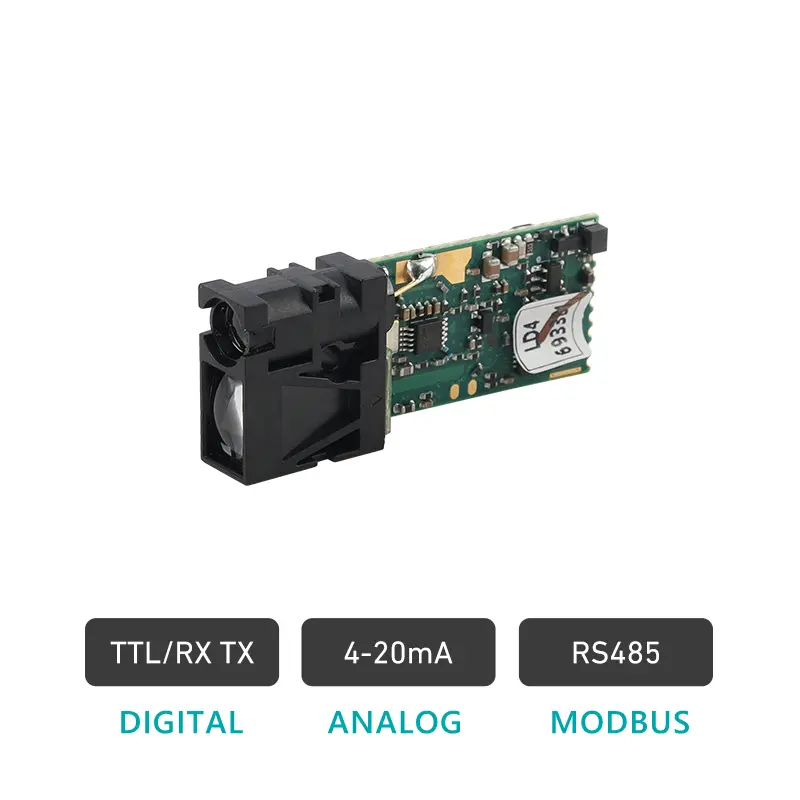
Industrial Automation
ToF range sensors are widely used in factory positioning systems, robot navigation, and level measurement. Their fast response enables precise control in moving machinery and production lines.
UAV (Drone) Altitude and Navigation
Compact ToF modules support drones in obstacle avoidance and terrain following. Lightweight, low-power designs make them ideal for battery-powered UAVs.
Automotive Safety and ADAS
ToF laser range sensors enhance driver assistance systems, providing reliable distance and collision detection even under challenging environmental conditions such as rain or fog.
4. Important Technical Parameters to Evaluate
When choosing TOF laser range sensors, consider the following parameters:
- Measuring Range: Typical models offer from a few centimeters to several hundred meters.
- Accuracy: Generally within ±1–5 mm depending on target reflectivity and environment.
- Measurement Frequency: Higher frequency means faster real-time feedback, important for robotics or motion detection.
- Beam Divergence: Narrow divergence ensures precision targeting over long distances.
- Interface Options: UART, RS232, RS485, or CAN interface for easy integration with controllers and embedded systems.
- Power Consumption: Low-power operation is critical for portable or UAV applications.
5. Featured Product Models from Meskernel
At meskernel.net, we provide a range of TOF laser range modules designed for diverse use cases:
- TC25 Series – Compact ToF laser range sensors ideal for UAV and smart robotics.
- LDL Series – Long-range industrial-grade ToF laser rangefinder with millimeter accuracy.
- PTFS-H Series – High-speed ToF module optimized for dynamic distance detection and automation systems.
Each model is engineered for easy integration, high reliability, and stable performance even in outdoor or reflective environments.
FAQ About TOF Laser Range Sensors
What’s the maximum range of ToF laser range sensors?
The maximum range depends on the sensor design and target reflectivity.
Typical ToF laser range sensors measure from a few centimeters up to 200 m.
Industrial-grade models, like the LDL series from Meskernel, can achieve up to 1000 m under favorable conditions.
👉 Tip: For outdoor long-range applications, choose a sensor with a high-power emitter and narrow beam divergence.
How does temperature affect accuracy?
Temperature changes can slightly affect the speed of light in air and the internal timing electronics, leading to minor measurement drift.
High-quality ToF sensors apply temperature compensation algorithms and real-time calibration to maintain stable accuracy across wide temperature ranges (e.g., -20 °C to +60 °C).
👉 In short: Temperature can influence accuracy, but well-calibrated ToF sensors remain highly reliable even in varying environments.
TOF laser range sensors combine precision, speed, and versatility — making them essential components in today’s industrial automation, robotics, UAV, and automotive systems.
If you’re developing a project that requires accurate non-contact distance measurement, explore Meskernel’s ToF range sensors to find a module that matches your performance and integration needs.